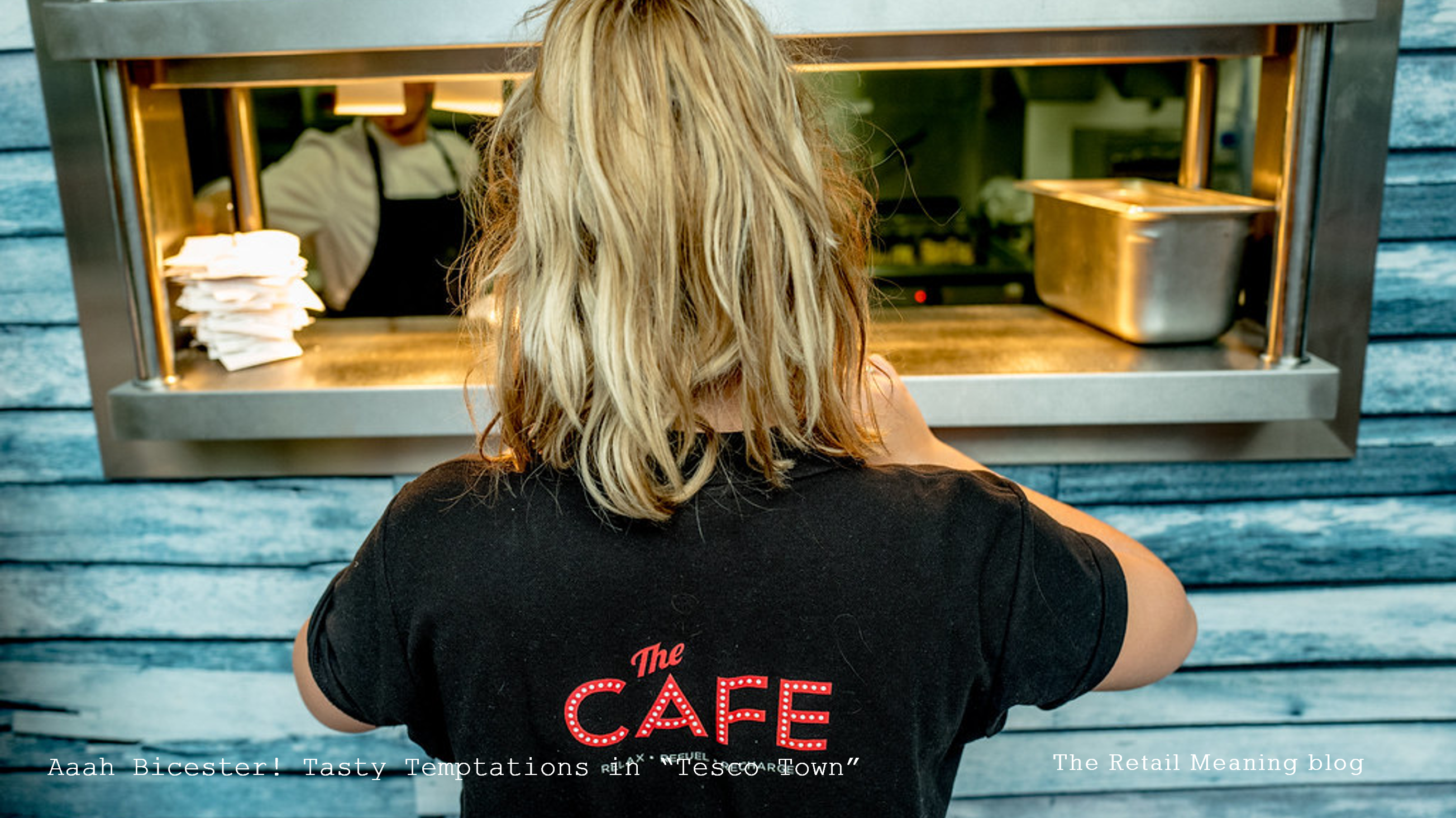It’s fair to say that Tesco has always been at the vanguard of UK supermarket design from its famous 3D animated penguins and oversized banana signage to the opening of the UKs first true hypermarket concept, experimentation with category management with a focus on customer journey and missions to its collaboration on convenience and petrol forecourt retailing.
And so in a time of turmoil it is no surprise that Tesco has been working hard to stabilise its public perception through a range of new initiatives in its stores.
Bicester has been labelled “Tesco Town” and so again it’s no surprise that it has become home to the latest superstore incarnation with a brand new 9000 sqm showcase. And if Tesco has taken one thing from its store design heritage to build upon for its new concept it’s the in-depth understanding of the customer journey and the variety of missions that are attempted under its retail rooves.
In many ways a good customer experience is “one that doesn’t fail” and Tesco has developed a store layout, clear signage and logical category locations and adjacencies to completely facilitate as many of those journeys as possible. However the focus is not only on “ease-of-shop” but in stimulating and exciting the customer in search of something new and nutritious, tasty and tempting, unbeatable value and utterly irresistible.
Most visible to the customer is the opening entrance with easy visibility and orientation leading into a festival of freshness from fruit and vegetable gondolas through to fish, meat and delicatessen counter displays. All the produce is attractively presented with significant steps forward in packaging and communication and a lighting system which adds vibrancy and vitality to the virtuous endeavour of stimulating sales of healthy produce and perpetuating Tesco to the role of lifestyle guardian rather than just product pusher.
All retail experiences from fresh food to fine fragrance are developing into emotional relationships between the retailer and the people who cross their physical thresholds in an attempt to communicate key attributes of the brand, to facilitate the customer lifestyle and to help them succeed in their shopping missions.
Should you be communicating more purposely the lifestyle attributes of your brand?
Do you really understand the customer missions that take place under the rooves of your stores?
